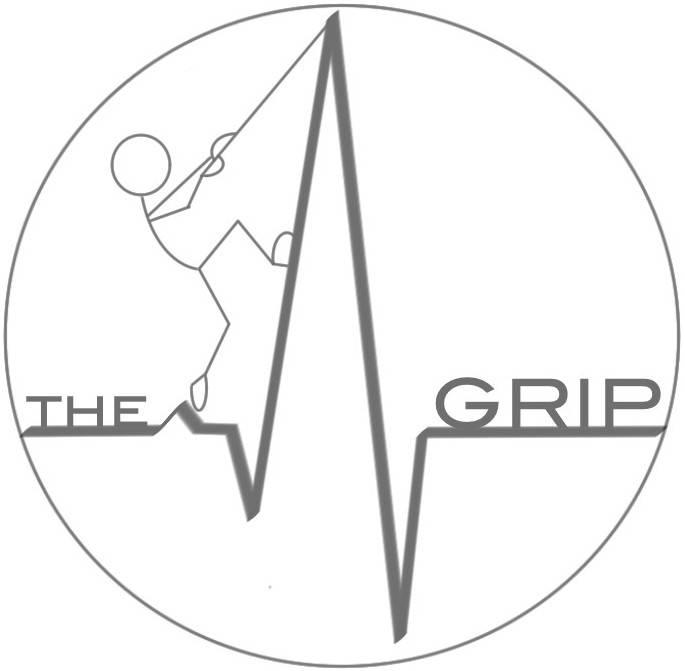Echocardiographic assessment of cardiovascular failure
Via G, Braschi A
Abstract
In the last few years echocardiography has gained an increasing role in critical care settings as invaluable tool for hemodynamic assessment of the unstable patient, due to its unique features of dynamic bedside imaging technique which can yield both morphologic and functional information. The main characteristics of cardiovascular function can be thoroughly explored, and a practical clinically-oriented approach can lead to answer the crucial questions of patient management, integrating (and often substituting) invasive monitoring, and allowing invasive monitoring pitfalls correction. Therapeutic impact of transesophageal echocardiography (TEE) has proven to be substantial in intensive care unit (ICU) population, although large randomized controlled studies are currently missing. Echocardiography requires specific training, but short training focused on the key hemodynamic information obtained from the shocked patient is proving to be effective. Echocardiographic hemodynamic evaluation should become part of routine assessment in the ICU soon, and critical care teams could achieve a hierarchic organization with respect to echocardiographic skills, with all members being at least able to perform a basic ultrasound examination of the heart, and a fewer who have gone through higher level formal training and board certification.
Minerva Anestesiol. 2006 Jun;72(6):495-501
Full text attached: Echocardiographic assessment of cardiovascular failure – Minerva 2006
